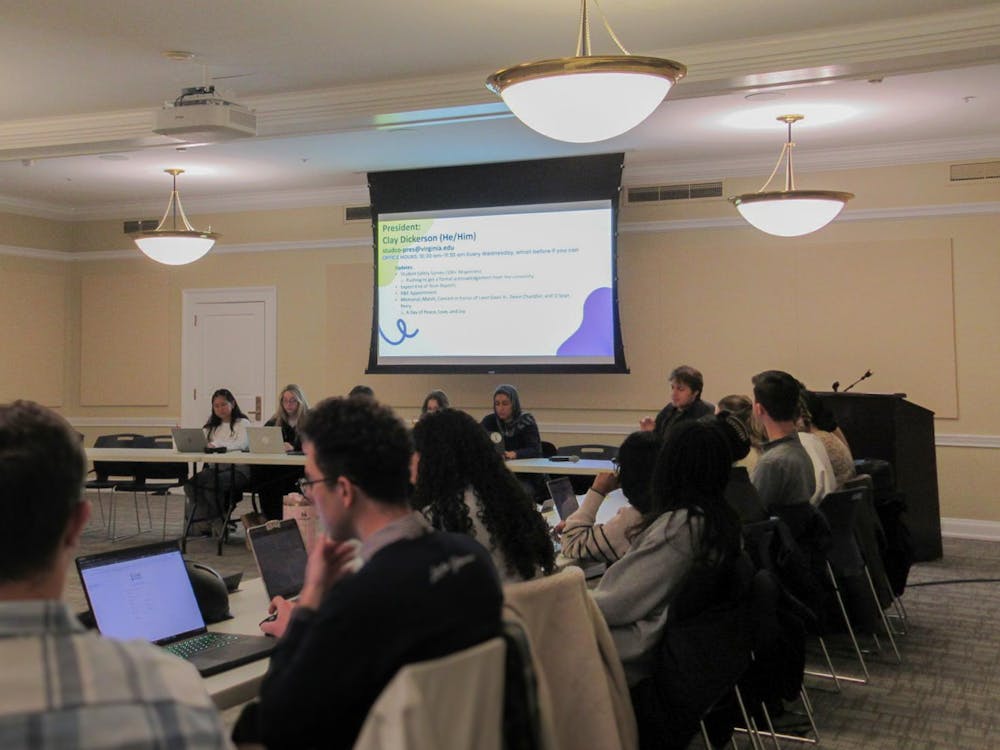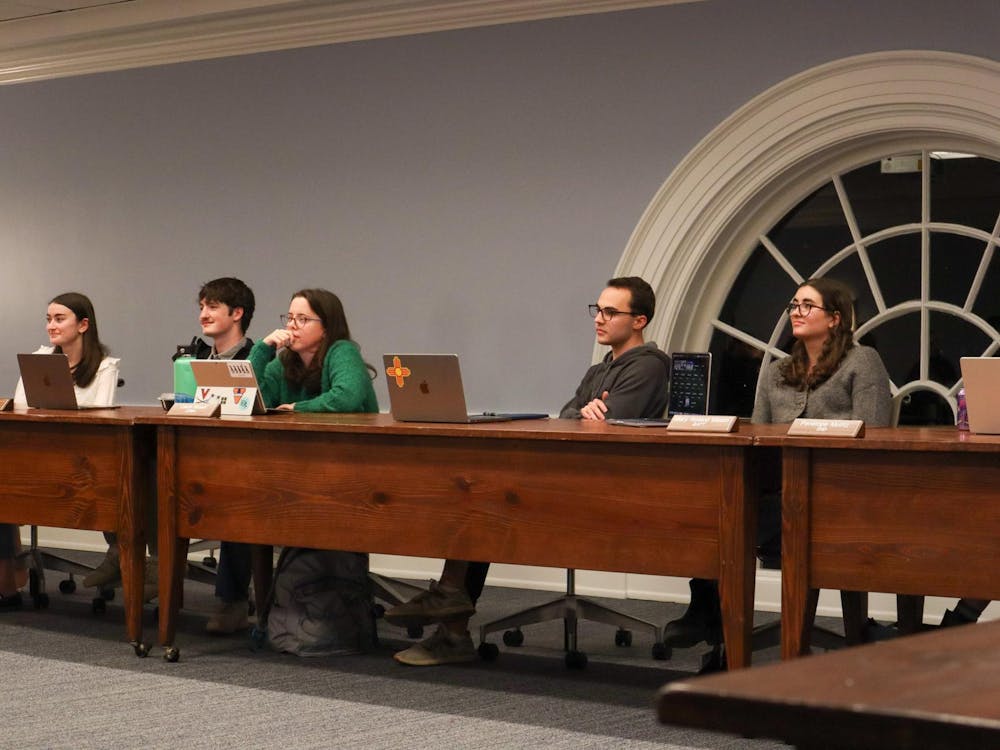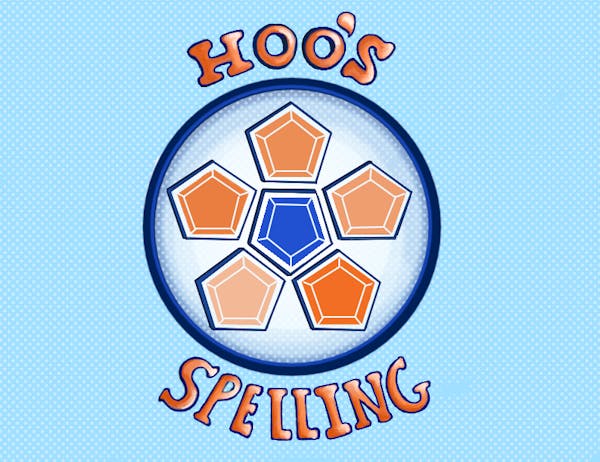A study was recently released showing that the majority of students who chose "unknown/other" as their race and ethnicity on their undergraduate college applications would later define themselves as white.
The study, "Unknown Students on College Campuses," was conducted by the Association of American Colleges and Universities and the James Irvine Foundation. It was initiated in response to a national increase in the percentage of students choosing to leave their background undefined on their applications during the 1990s, according to José Moreno, senior research analyst on the campus diversity initiative project and assistant professor of Chicano and Latino studies at California State University at Long Beach who conducted the study.
The study listed the percentages of three specific schools where the proportion of applications for underrepresented students was particularly high and then compared those numbers to those compiled in the Cooperative Institutional Research Program's national first-year survey, given to students soon after their arrival at school, Moreno said.
"What we found were dramatic differences in almost all" of the percentages, he said. "Quite striking differences -- the unknown proportion went down once we looked at the freshman surveys."
In one college, explained Moreno, of the 32 percent who defined themselves as "other/unknown" in the admissions enrollment data, only five declined to state their backgrounds in the CIRP survey. Instead, many identified themselves as "white."
"What we saw in the freshman admissions data was [a increase from] only 48 percent white to about 70 percent," he said. "Wow, here this college thought that half of its population was white and they presumed those students were multiracial students [and with the second survey] the white proportion increased."
Moreno attributed the high percentage shift from "other/unknown" to "white" to student beliefs that their backgrounds would affect admissions decisions.
"Some students may feel that listing 'white' hurts them in the admissions process," Moreno said. "But that is a false perception."
At the University, the admissions process does not permit students to identify themselves as undefined. Rather, the University. lists six different categories of race and ethnicity as stated by federal designations, as well as the option to not answer the question on its application, Admissions Dean John A. Blackburn said.
"In 2001, we had 336 who didn't check anything and that's where we came up with our other -- this year it was 1,300-plus," Blackburn said. "This 1,300-plus is on a base of 16,200 total first-year applications."
Blackburn said he believes that the dramatic increase in unanswered applications reflect trends towards more diverse and varied ethnicity.
"People are seeing themselves as multi-ethnic and multi-racial -- I think the world is that way," he said. "People don't want to put themselves in a box."
Blackburn said he has seen no difference between the numbers of in-state and out-of-state students who failed to check their ethnicities.
The AACU survey's goal was to identify and rectify problems with diversity at colleges and universities, Moreno said.
"The whole goal of the project was not to say, 'Look, the campus thinks it looks one way but its not,' because it's a matter of how students identified themselves when they applied and when they actually got to campus," Moreno said.






